This story was originally presented at the Australian Plants Society, Sutherland Group meeting March 2024.
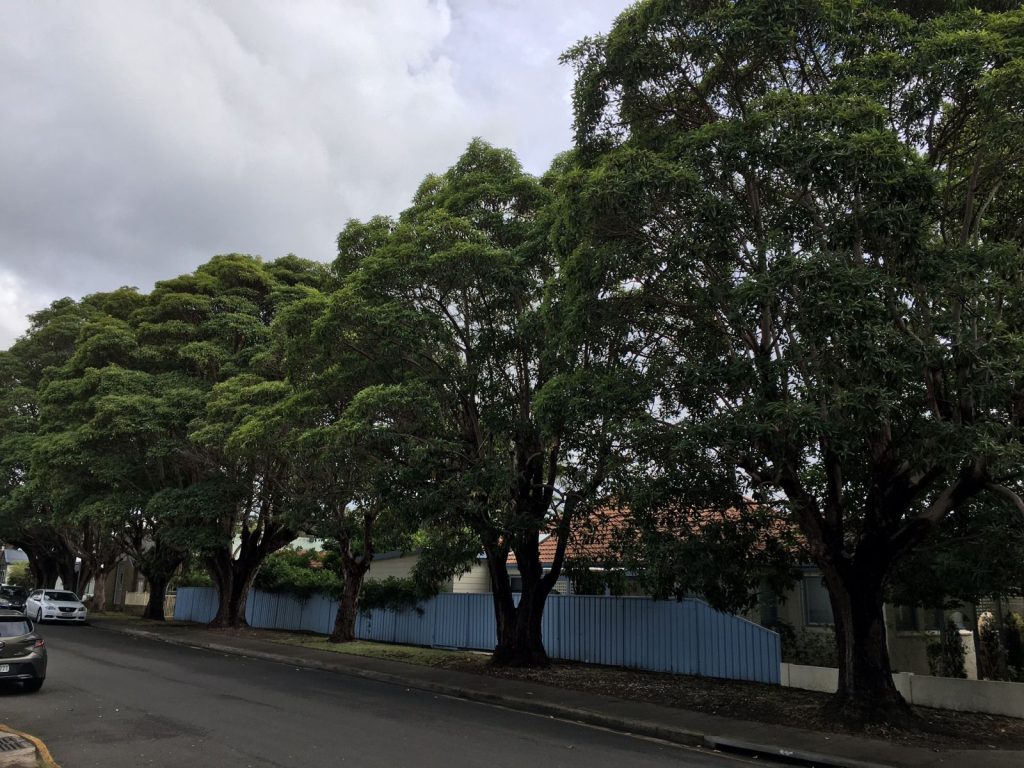
Street trees growing on public land are important for our health in its widest sense. They contribute to our physical health by providing shade, reducing air and surface temperature and encouraging walking. They contribute to our mental health by improving amenity and aesthetics, by contributing to local character, and by providing privacy and screening of buildings, roads and rail lines. They contribute to environmental health by providing habitat for a range of fauna, cleaning the air, storing carbon and reducing water runoff.
Street trees are increasingly important due to the loss of trees on private land due to development, the higher density of urban development with more hard surfaces and less green space, and also climate change with higher temperatures.
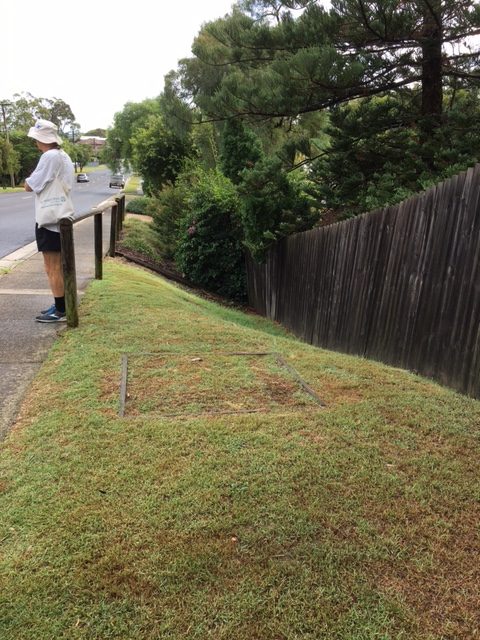
Challenges and threats
Despite their many benefits, street trees face many threats and challenges, with the number 1 threat being us (people). Existing trees are being removed by the private sector for development (mostly duplexes), for parking and driveways, for views and for aesthetics (to avoid “messy” branches, leaves and fruit). Street trees are also removed by the public sector for transport projects such as footpaths (Sutherland–Cronulla Active Transport Link), road widening (River Road, Sutherland) and parking (Sutherland Leisure Centre), by utilities under power lines (The Boulevarde, Kirrawee), and due to risk and safety audits. Other challenges and threats include the natural ageing of trees, and climate change with a hotter and drier climate, and slow death from soil compaction and changed water flows.
In April 2021, a Port Jackson fig tree fell down in Sutherland shopping centre. Sutherland Council then conducted a Shire-wide safety audit of trees and many mature street trees were removed and not replaced. For instance, in July 2021, Sutherland Council removed 2 Hills figs at Sutherland Station but they were only replanted with lilly pillies in 2023. Google Maps Street View provides great evidence of the presence and disappearance of street trees over time.
Government policy
The NSW government announced its 5 Million Trees initiative in 2018, to boost Sydney’s tree canopy from 16% to 40% by 2030. Unfortunately, there is more talk than action and the government itself removes many trees for infrastructure projects. Newspaper articles have revealed there is a “regulatory spaghetti” of laws and they are rarely enforced with few penalties or fines. There is poor monitoring of approval conditions for developments, we are not planting enough trees, and planting itself is not enough if the new trees do not survive. We need KPIs for the survival of plantings.
Sutherland Council does have an Urban Tree and Bushland Policy dated November 2021 which aims for “no net loss in canopy cover”. However, a study for the state government estimated tree canopy in Sutherland Shire (trees over 3 m, excluding the national park) has decreased from 37.4% in 2019 to 28.6% in 2022, close to a 25% decrease in just 3 years. The best news about the policy is that it is due for revision in June 2024, which is an opportunity to strengthen it.
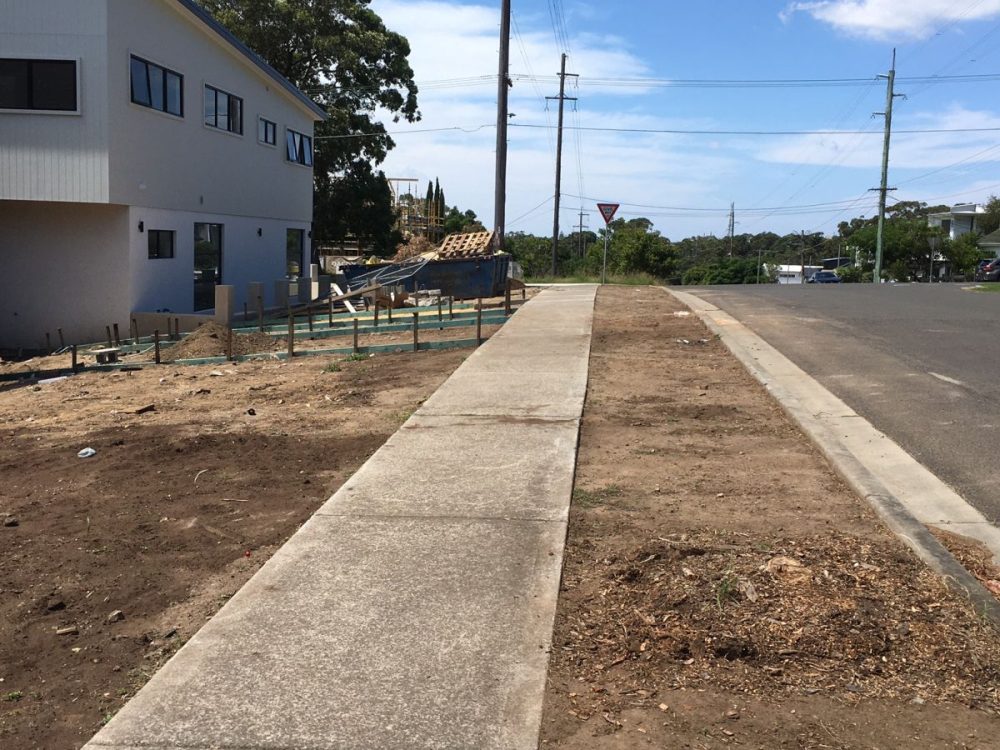
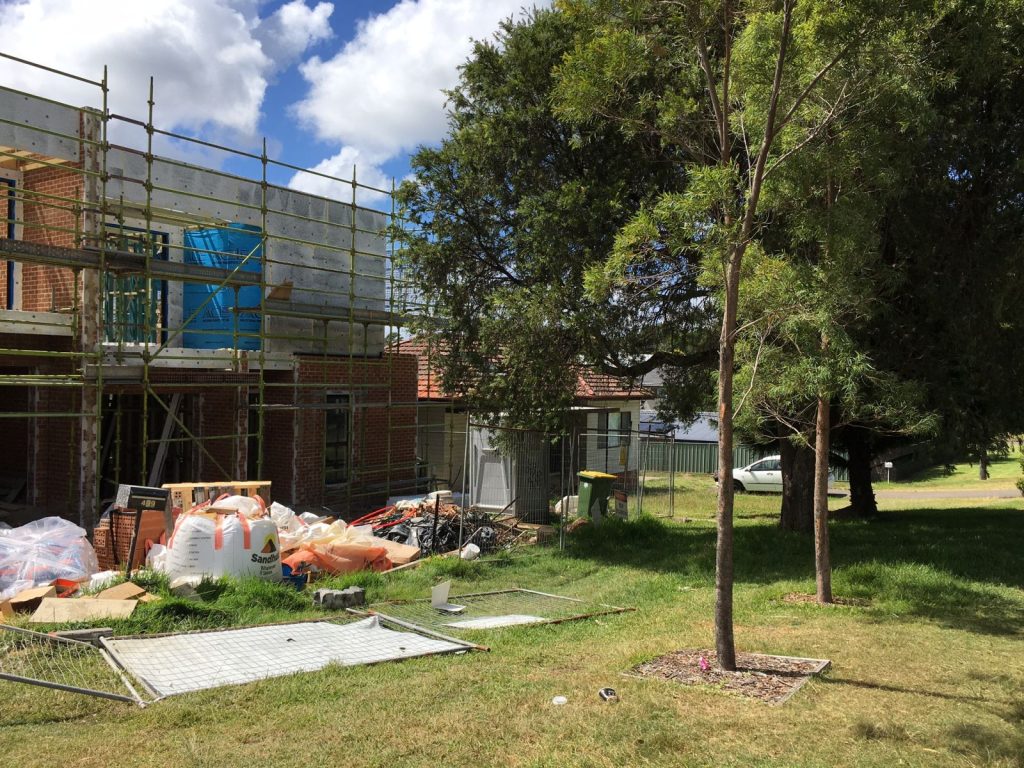
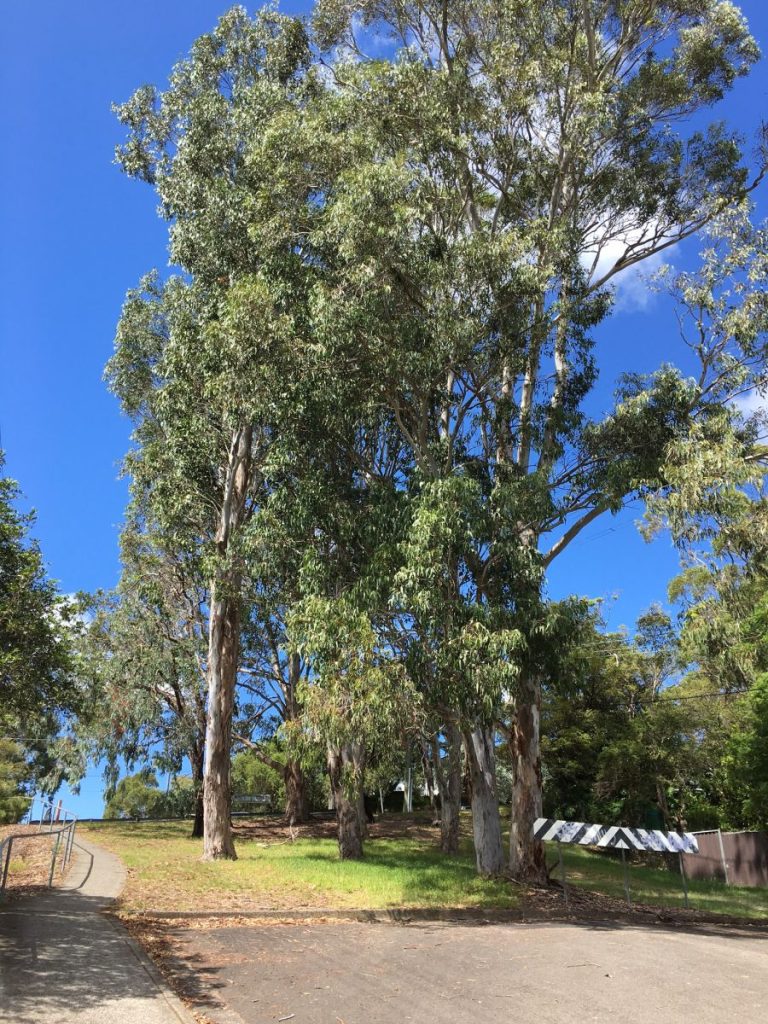
What we can do
This may seem depressing but there are similar threats in many Council areas and many people do care about our street trees. We can take actions at a range of scales and levels, and through the lifecycle of street trees. Consider what you can do:
- Protect the trees we have: ensure they have stakes, weed around them, mulch them and water them.
- Report damage or threats to street trees to Sutherland Council by email or the Snap, Send, Solve app.
- Ensure trees that die or are removed are promptly replaced, by contacting Council.
- Write to your local Councillors about improving Council’s tree policy: see addresses on the Council website.
- Improve Council’s tree policy with KPIs for survival, planting in groups not single trees, and more natural plantings with shrubs and grasses around trees.
- Publicise that people can request a street tree from Council, and consider an “Adopt a tree” program for care and maintenance.
- Go public: write letters or use social media to publicise poor practice. Photos are great for social media.
Comment on local DAs: sign up for Planning Alerts here
In summary, it’s up to us to take action. We need to be alert to threats, and take the actions individually or as a group that suit you (“the pen and/or the spade”). We need to strengthen and enforce laws protecting street trees, protect and monitor what we have, and replace lost trees promptly, with KPIs for survival not just planting.
In the discussion, Diane Townley mentioned the new TreeKeeper initiative at Bundeena and Jason Salmon reminded us we can request a street tree from Sutherland Council.
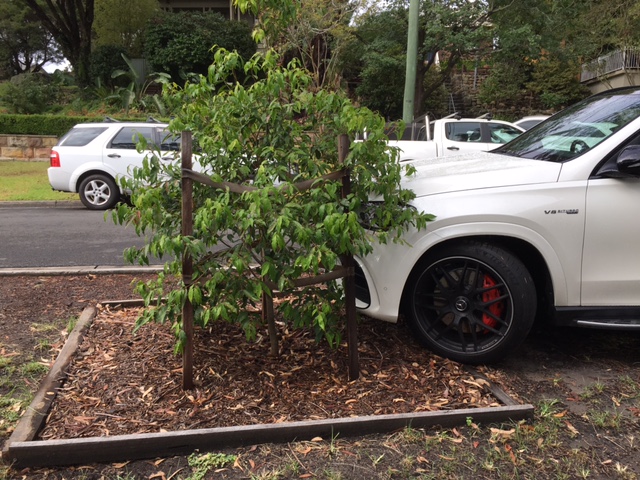
Helpful Links
Sutherland shire NSW: Benefits of Trees
Vandalism, (for SMH subscribers only): Doom with a view: The chainsaw vandals killing trees for a better outlook
Vandalism: Waterfront trees vandalised in Sydney’s Monterey as Balmoral Beach trees survive attack.
Sutherland figs: Sutherland station fig trees removed due to public safety concerns
Loss of canopy cover (for SMH subscribers only): Sydney’s leafy suburbs are no longer where you think
Data on canopy cover and methodology: Greater Sydney Region Tree Canopy to Modified Mesh Block 2022
Sutherland Council’s tree policy: URBAN TREE & BUSHLAND
POLICY
